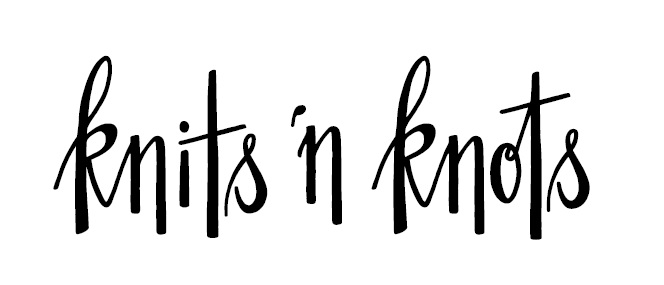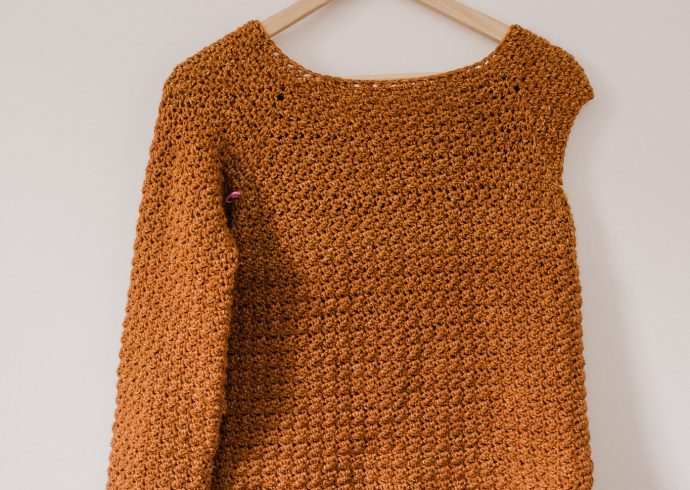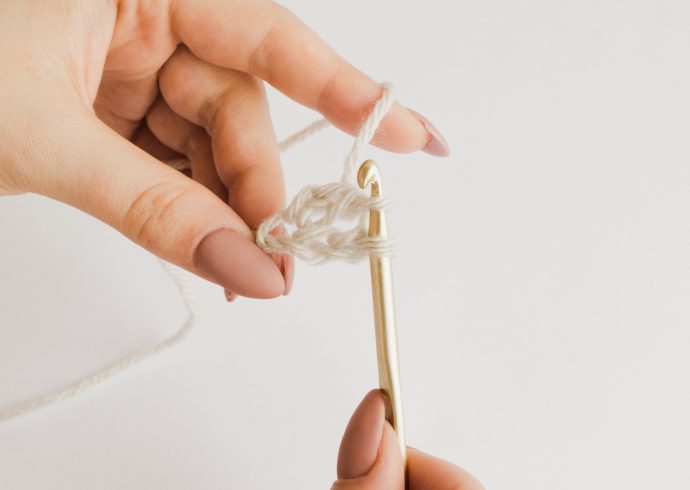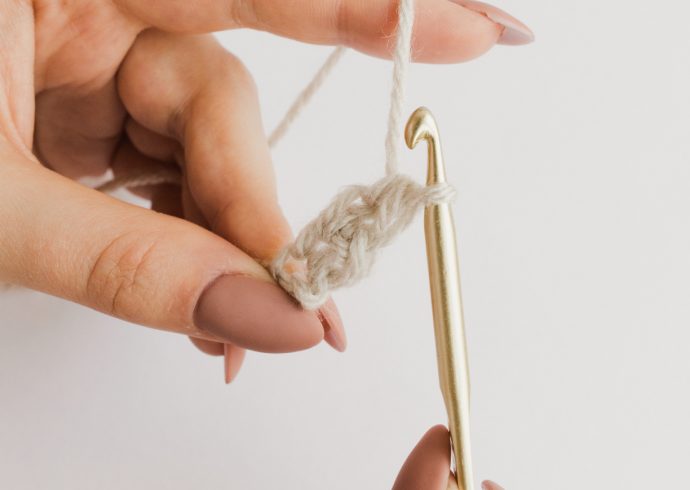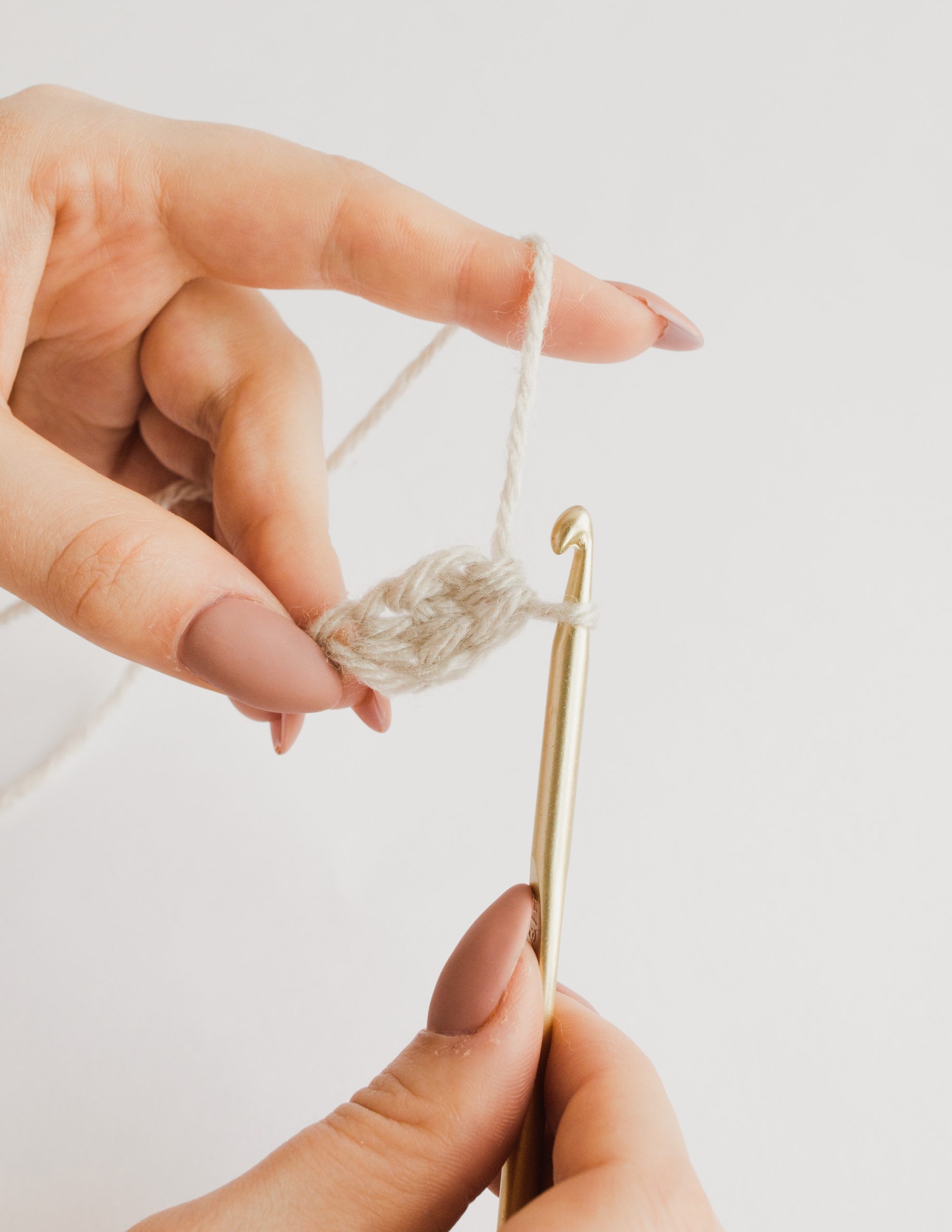
How to Work the Foundation Half Double Crochet (FHDC) Stitch and When to Use It
Hi everyone!
In this post, I’m going to show you how to work the Foundation Half Double Crochet stitch (FHDC).
But first, let’s explore the foundation stitch to learn what it is, why you should know it, and when to use it.
This post contains a little bit of content from my book (which you can pre-order on Amazon here), and I wanted to include this technique here in a stand-alone post as well so that you can view a more in-depth explanation of how to work this fundamental stitch. (Yes, it’s that important!)
What are foundation stitches?
Foundation stitches are an important part of almost every pattern in my book, and most of my independently released patterns as well. But what is a foundation stitch? It’s a way of combining your beginning chain with the first row of stitches in order to eliminate a rigid, inflexible chain. Foundation stitches allow you to begin your project with a row that has the ability to stretch and behave similar to the rest of your fabric. Have you ever crocheted a garment that began with a regular chain at the bottom hem and felt restricting once you actually wear it? You could probably tell that the chain was noticeably tighter than your normal stitches. Chains don’t have as much stretch as actual stitches and, while this can be used to your advantage depending on the project or placement of this chain, it’s often much better to begin your work with foundation stitches instead.
Let me briefly mention why chains are more rigid than other stitches. Chains are rigid because there isn’t much yarn involved in making them. There’s really nothing that could possibly stretch, because there is hardly any yarn involved. If you look at another stitch however, like the half double crochet stitch for example, you’ll notice that there are so many loops involved in this stitch. It’s taller, more three dimensional, and uses up so much more yarn in comparison to a chain. More loops from yarn overs means that there is more yarn involved that could move around within your work. You could have a stretch of 10 chains that each have a half double crochet (hdc) stitch worked into them, and the hdc will stretch but the chain will not; simply because there is more yarn involved in the hdc, and therefor more wiggle room.
BUT, when you combine these two things – a rigid chain and a stretchy stitch – you are left with one unit that has the ability to stretch. As you pull on your foundation chain, the yarn from the stitch can be pulled into the space where the chain component exists. This allows the entire thing to stretch as one unified row.
Why should you know the foundation chain?
A foundation chain looks neater than working stitches into a regular chain. It’s easier to manage and control your tension with a foundation chain. You will avoid any “gaps” that sometimes occur when stitching into a regular chain. You’ll simultaneously create Row 1 of the pattern you are following and you’ll have a neat, clean foundation upon which you can crochet the rest of your fabric.
Many patterns of all kinds (not just garments) begin with a foundation chain rather than a regular chain stitch, so it’s best to familiarize yourself with this technique if you’re looking to improve upon your crochet skills!
When can you use a foundation chain?
Anytime. You can substitute a foundation chain in most patterns where the first row is a basic stitch and you want to combine them.
There are some occasions where I choose to use a regular chain; sometimes it’s because my first row is really short and it wouldn’t make much of a difference if it were stretchy or not, and sometimes because I actually want the rigidity of a chain. For example, one of my patterns in the book is called Amber Magic – a circular yoke sweater that sits off-the-shoulders with a wide neckline to allow for this type of fit. In order to prevent this sweater from falling off the shoulders, I began this pattern with a regular chain, rather than a foundation chain. If I were to work a foundation chain first, it would probably still be wearable, but the neckline would be so stretchy that it would likely fall off the shoulders over time and you’d have to keep sliding it back up.
You can pick and choose when to use a foundation chain and when to use a regular chain based on your specific project and the requirements of that particular fabric.
Tip: If you do choose a regular chain, opt for stitching your first row into the back bumps of the chain in order to make it nearly invisible and avoid any gaps!
How to work the FHDC
Getting started with the first FHDC stitch:
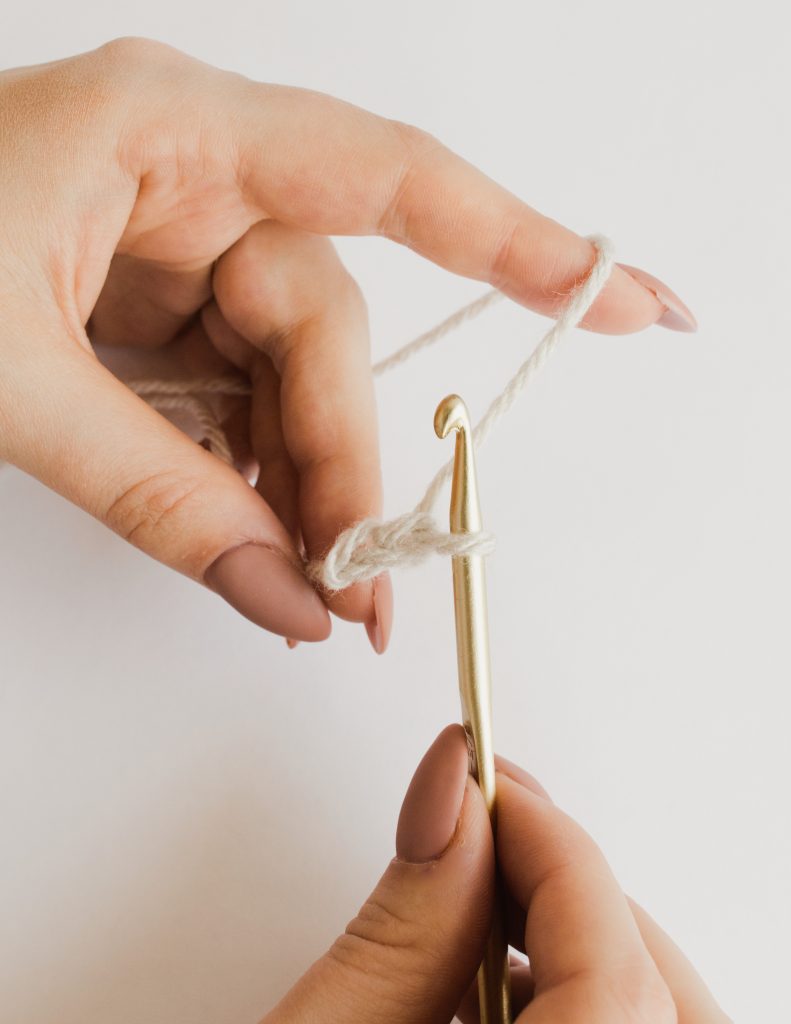
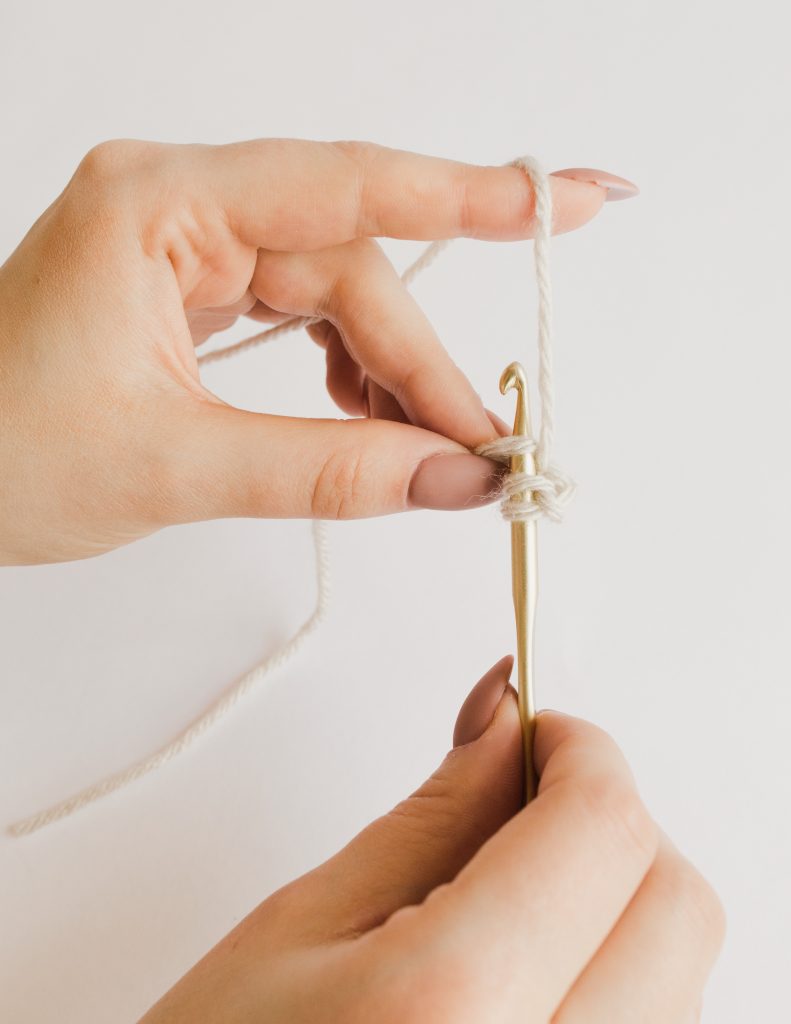
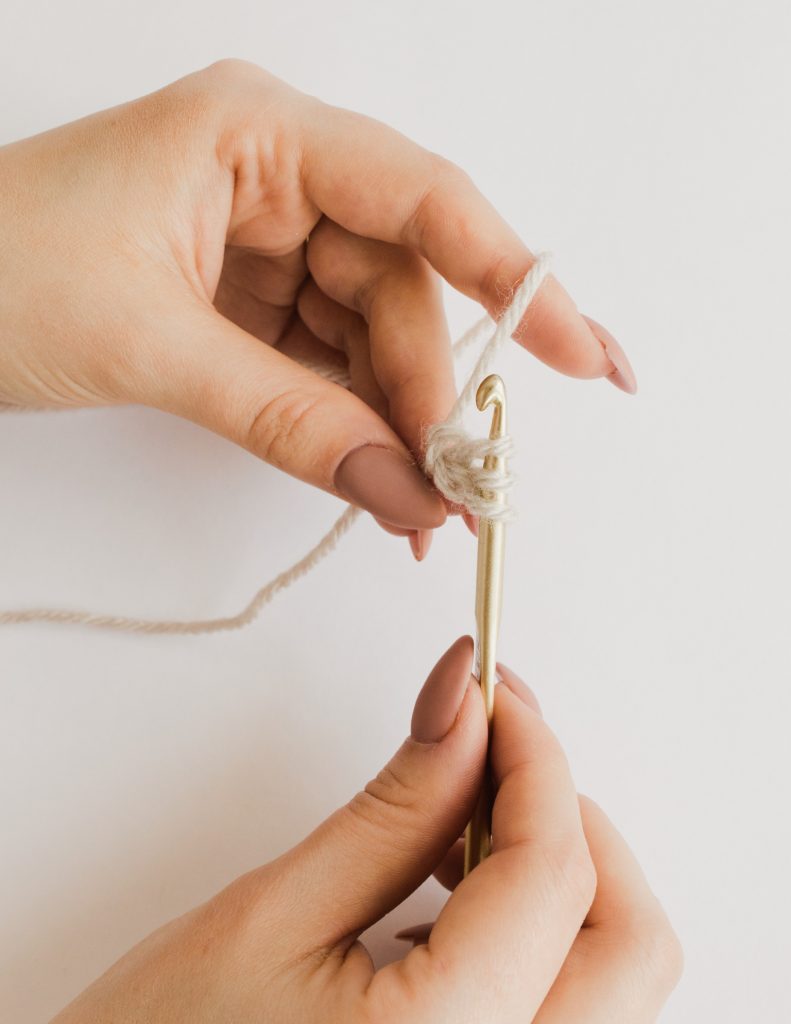
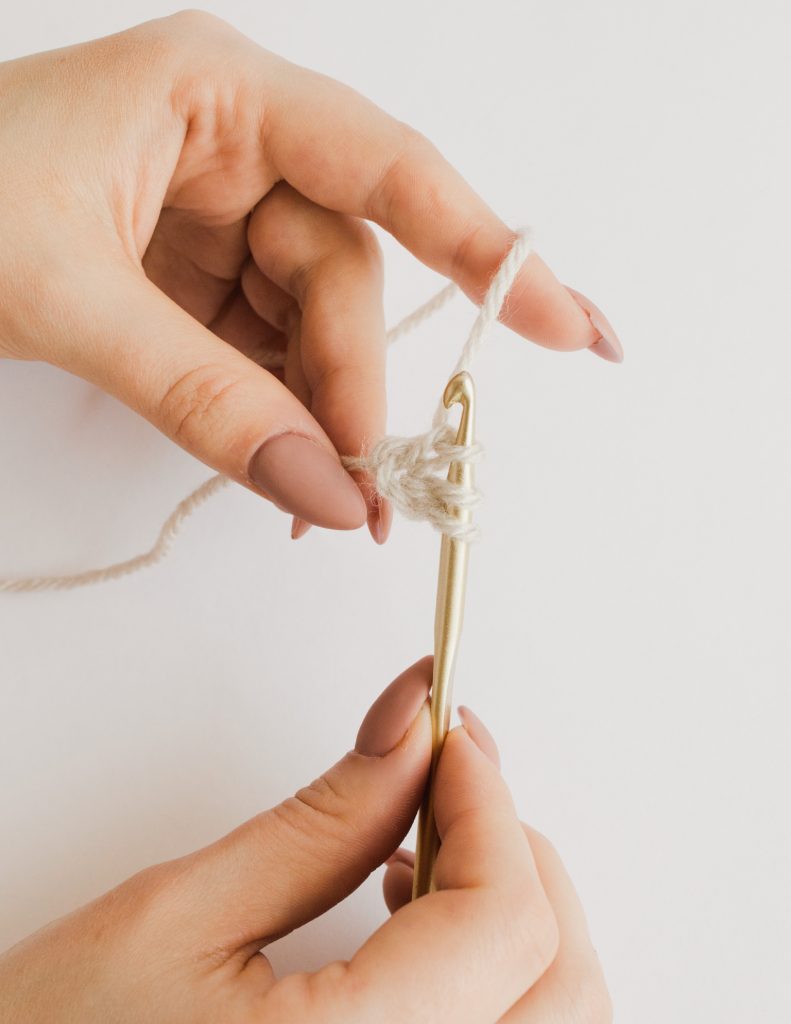
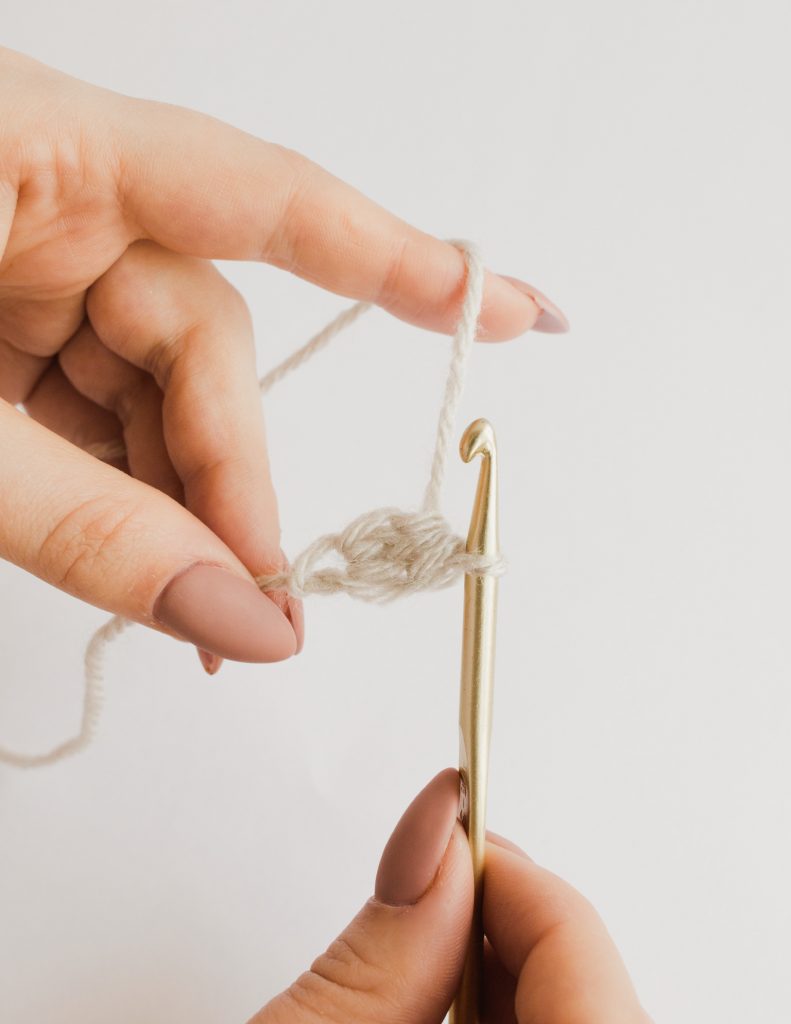
To create the next FHDC stitch:
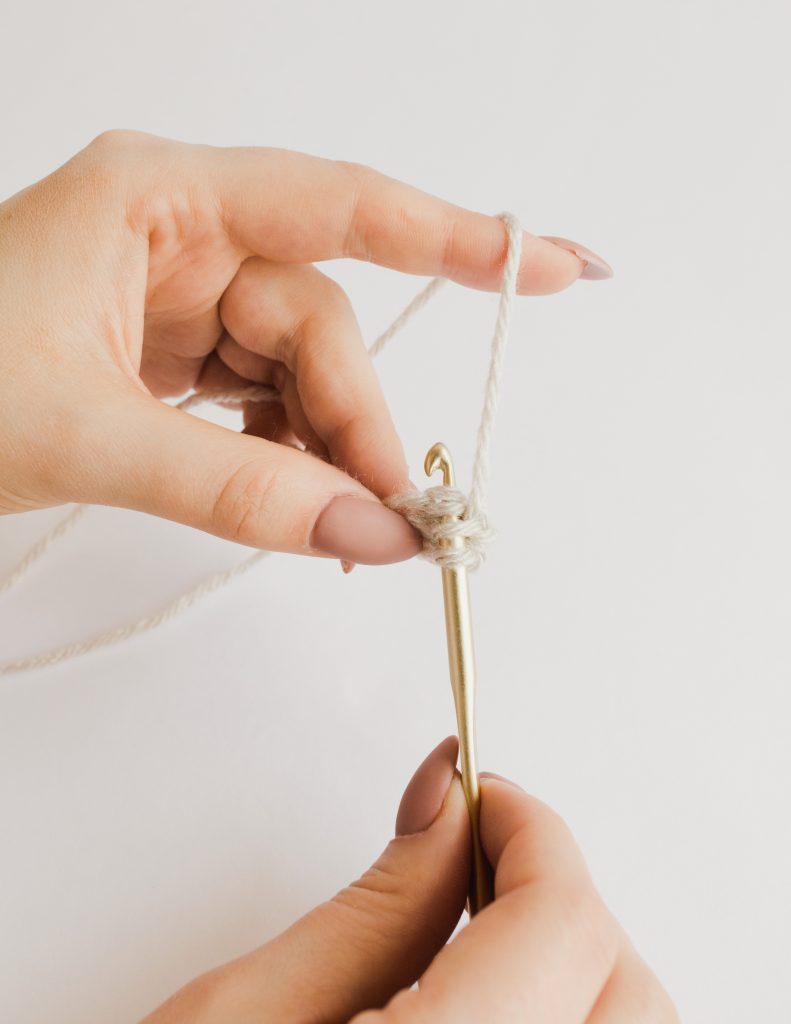
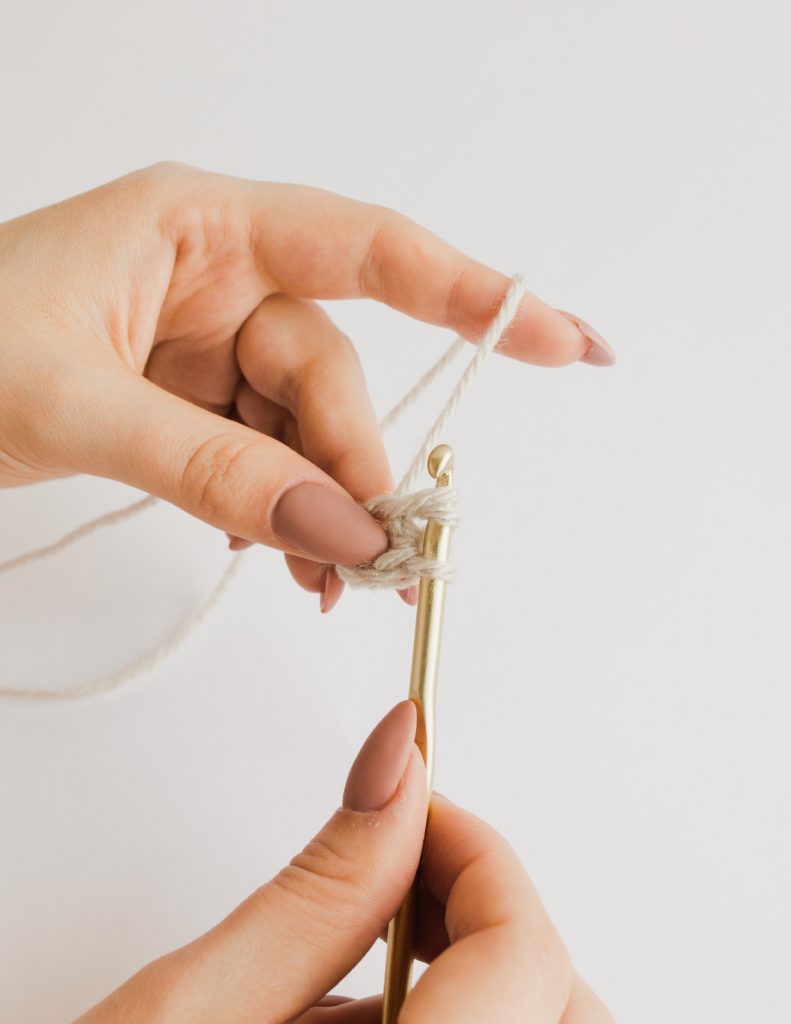
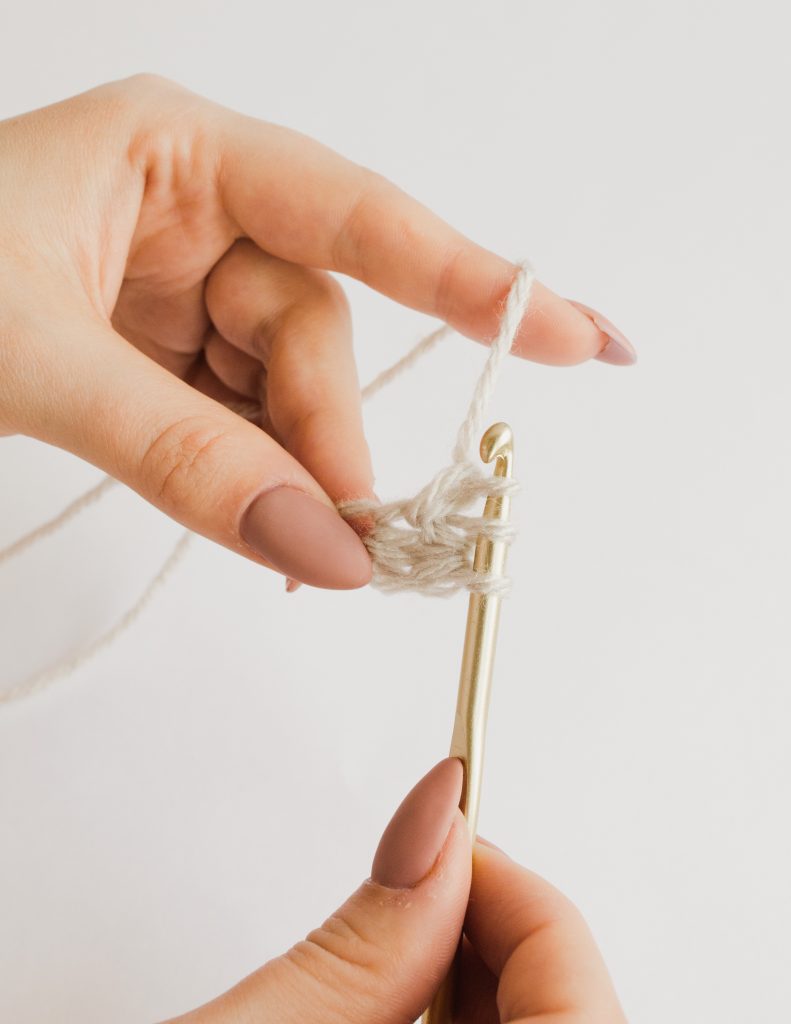
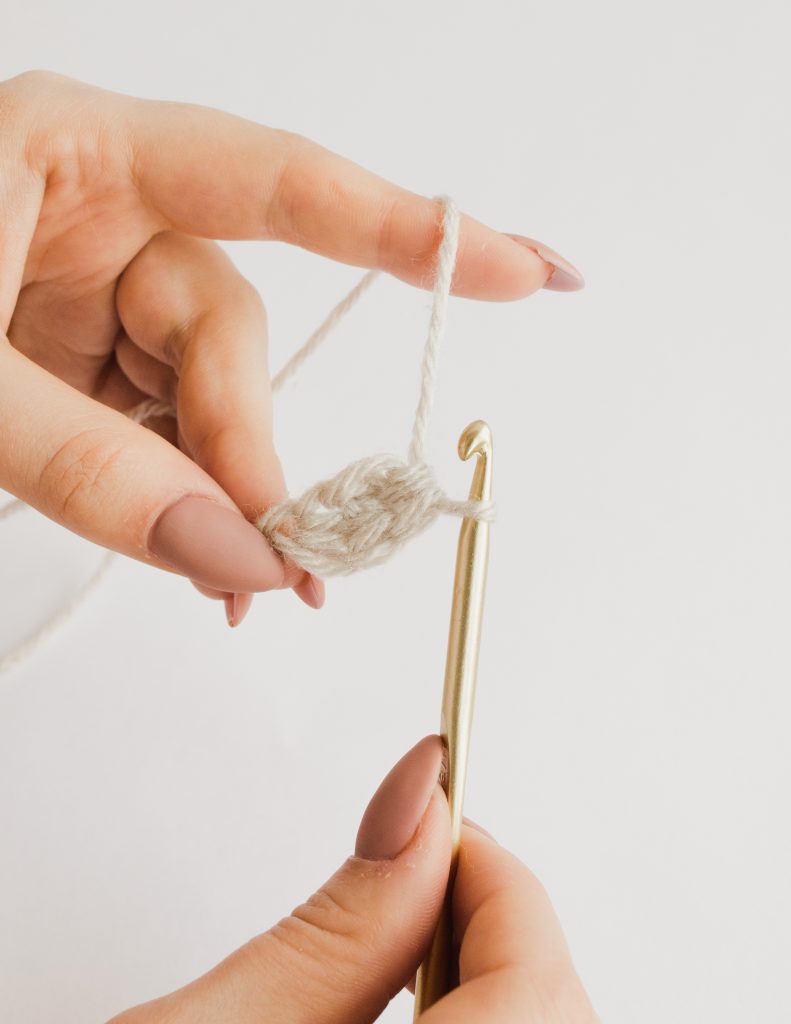
Repeat STEPS 1-4 as many times as pattern indicates.
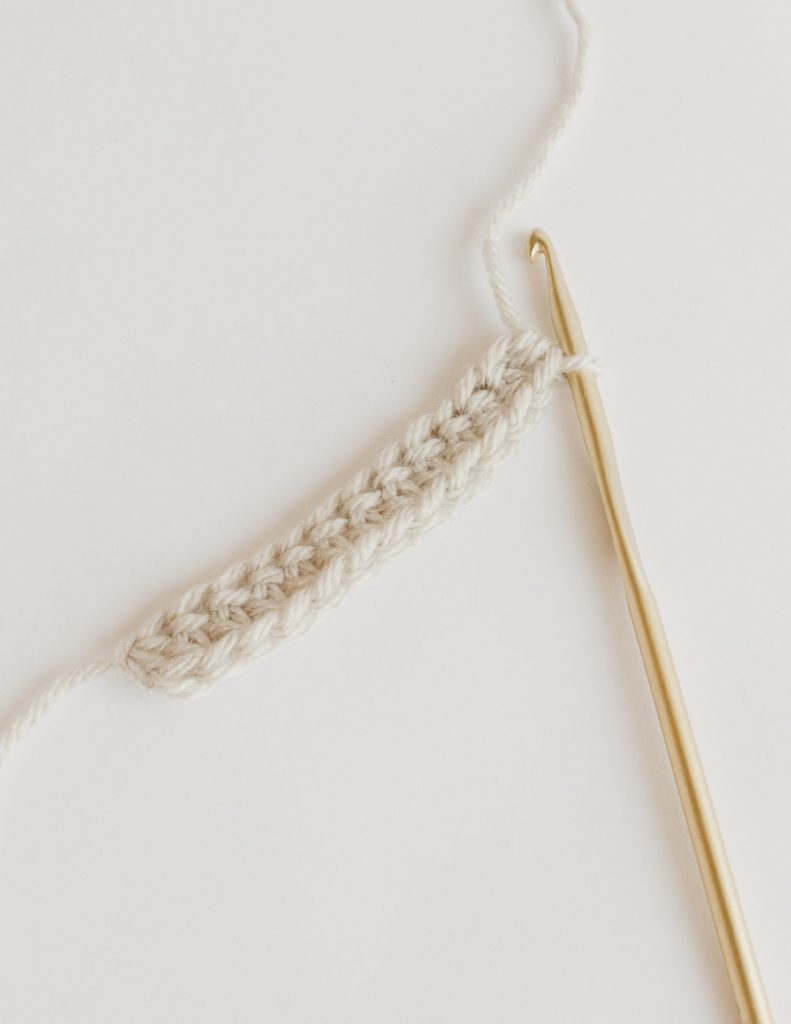
This will allow you to create a really nice, clean edge whose properties match the rest of your fabric. You can turn any basic stitch into a foundation stitch by combining that stitch with this method.
To learn how to work the foundation single crochet (FSC) click here.
To learn how to work the foundation double crochet (FDC) click here.
To pre-order my book click here. It releases November 16th of this year and I can’t wait for you to get your hands on it!
Get a sneak peek of the content and view the awesome tester projects from the book by searching the hashtag #ModernCrochetSweaters on Instagram here!
xx
Janine
